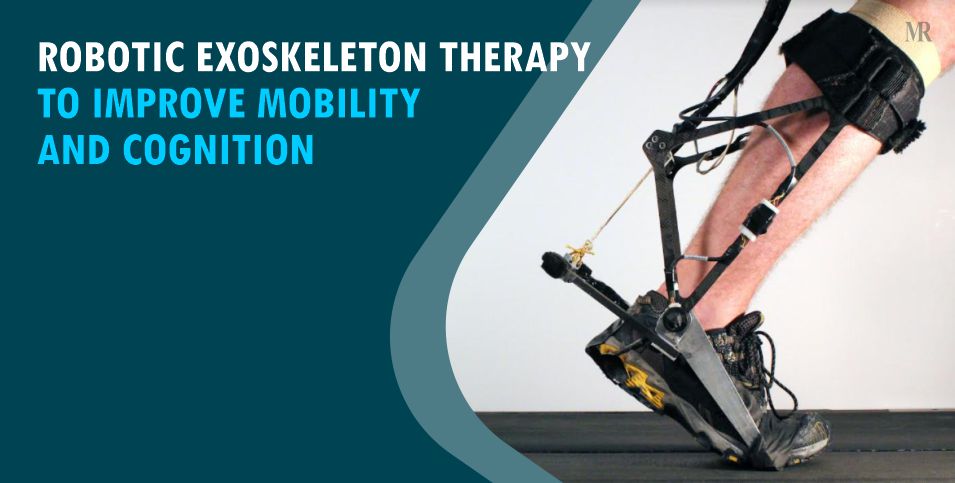Key Highlights:
- A team of multiple sclerosis (MS) professionals conducted a pilot randomized trial of robotic-exoskeleton technology.
- The small trial of exoskeleton-based exercise produced significant benefits.
- Exoskeleton-based rehabilitation may one day become the new standard of care for people with multiple sclerosis.
Robotic Exoskeleton Therapy
MS is a condition in which the body’s immune system attacks the central nervous system, causing mobility and cognitive function to deteriorate.
According to research, exercise therapy, particularly walking-based exercise rehabilitation (ER), is the most effective way of improving mobility and cognition in people with MS. Even a short course of walking-based exercise rehabilitation (ER) can provide Trusted Source advantages.
Advanced impairment, on the other hand, may limit involvement in ER. Several studies have indicated that adaptive ER, such as body-weight-supported treadmill training and robot-assisted gait training, is ineffective in persons with significant MS disability and does not yield additional benefits when compared to gait training.
Researchers from New Jersey’s Kessler Institute for Rehabilitation recently released the findings of a randomized controlled study of robotic-exoskeleton aided ER (REAER).
Significant Results
An exoskeleton-assisted therapy trial lasting four weeks resulted in significant improvements in functional mobility, cognitive processing speed, and brain connectivity.
Individuals using REAER walk on the ground — not on a treadmill — with a physical therapist who closely guides them through a gradual routine while wearing a supportive robotic exoskeleton. The EksoNR exoskeleton was employed in the study by the team.
The researchers enlisted the help of ten Kessler clientele ranging in age from 18 to 75 years.
All of these people had a definite MS diagnosis and had been seizure-free for 30 days and relapse-free for 90 days.
When compared to conventional training, the REAER results were considerable. Functional mobility, cognitive processing speed, and brain connection all improved significantly, according to the study. Walking endurance was the only factor that REAER had no effect on.
Read more: Iron Man Body Armour: A High-Tech Suit Turned Reality
















